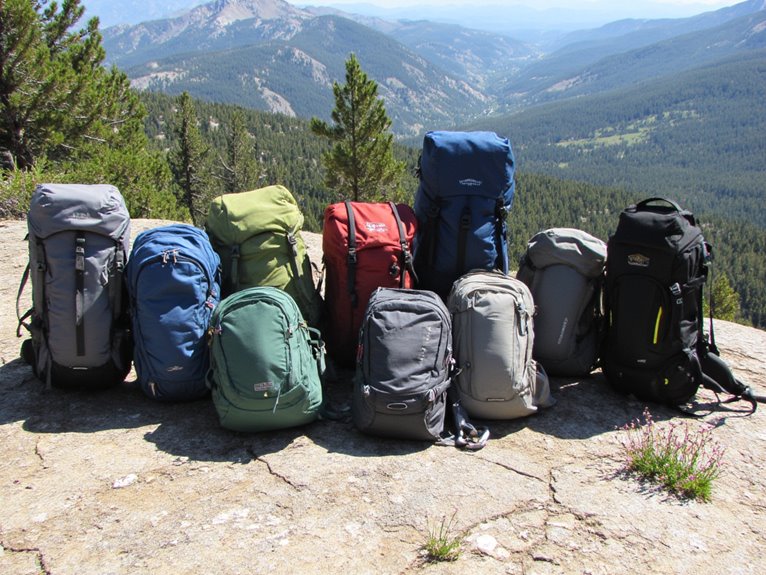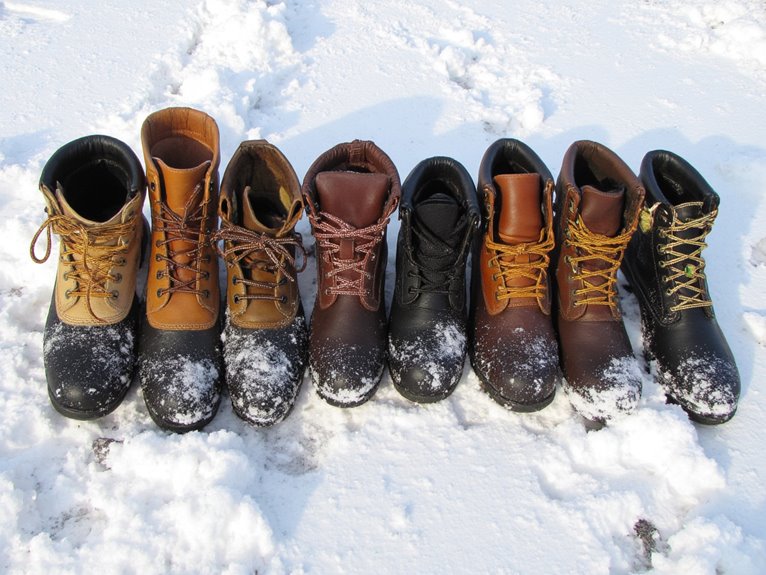Can a Horse Carry a 220 Pound Person?
A horse's ability to carry a 220-pound person depends on several critical factors, including the horse's breed, size, age, health, and body condition, as well as the rider's weight distribution and the saddle's fit and balance. Larger breeds like draft horses and warmbloods may be suitable for carrying heavier riders, while smaller breeds may not. Age and health considerations, such as physical maturity and pre-existing health conditions, also play a crucial role. To guarantee a safe and comfortable ride, it's essential to ponder these factors and delve into the intricacies of horse-riding, where every detail matters.
We are supported by our audience. When you purchase through links on our site, we may earn an affiliate commission, at no extra cost for you. Learn more. Last update on 29th December 2025 / Images from Amazon Product Advertising API.
Horse Breed and Size Matter
The ability of a horse to carry a person depends substantially on its breed and size, with larger breeds such as draft horses and warmbloods generally possessing the strength and stature to support heavier riders.
These breeds have been selectively bred for their size, muscle mass, and bone density, making them well-suited for carrying heavier loads.
In contrast, smaller breeds such as ponies and Arabians may struggle to support riders exceeding 150 pounds.
A horse's size and breed are critical factors in determining its carrying capacity, and riders must consider these factors when selecting a horse to guarantee a safe and comfortable ride.
Age and Health Considerations
Beyond breed and size, a horse's age and health status also substantially impact its ability to carry a person safely and comfortably.
A horse's age can profoundly affect its strength, endurance, and agility, making it more or less suitable for carrying a rider.
In the same way, a horse's health status, including any pre-existing conditions or injuries, can also influence its ability to carry a rider safely.
Young horses (under 5 years old) may not be physically mature enough to carry a rider safely.
Senior horses (over 15 years old) may have reduced strength and endurance, making it more challenging to carry a rider.
Horses with pre-existing health conditions, such as laminitis or arthritis, may be more prone to injury when carrying a rider.
Regular veterinary check-ups and maintenance are vital to maintain a horse's health and ability to carry a rider safely.
Rider Weight Distribution Importance
Proper weight distribution is vital when riding a horse, as it directly impacts the horse's comfort, balance, and overall well-being.
A rider's positioning and weight distribution can profoundly affect the horse's ability to carry them safely and efficiently.
Balanced Rider Positioning
In harmony with the horse's center of gravity, a rider's balanced positioning guarantees ideal weight distribution, which is essential for maintaining equilibrium and facilitating a comfortable, safe ride.
This harmonious balance is imperative, as it enables the horse to move efficiently and comfortably, reducing the risk of fatigue, discomfort, and even injury.
A balanced rider positioning allows for smoother shifts and more precise communication between horse and rider.
It enables the horse to maintain its natural gait and rhythm, promoting a more enjoyable and comfortable ride.
A balanced rider position also boosts the horse's overall athletic performance and responsiveness.
Proper Weight Distribution Tips
Optimizing rider weight distribution is crucial, as it directly impacts the horse's comfort, balance, and overall performance, making it essential to understand the importance of proper weight allocation.
To achieve harmonious weight distribution, riders should maintain a balanced seat, with their weight evenly distributed in the saddle.
This can be achieved by keeping the heels down, toes up, and knees slightly bent.
Additionally, riders should avoid leaning forward or backward, as this can cause the horse to compensate and become unbalanced.
Horse Body Condition Score
A horse's body condition score (BCS) is a numerical scoring system that evaluates the animal's body fat reserves, ranging from 1 (emaciated) to 9 (obese), with a score of 5 being considered ideal.
This scoring system helps determine a horse's overall health and ability to carry a rider safely. A horse with a low BCS may not have the necessary muscle mass and fat reserves to support a rider, while a horse with a high BCS may be more prone to health issues.
A BCS of 1-3 indicates a horse is underweight and may not be suitable for riding.
A BCS of 4-6 indicates a horse is at an ideal weight and can support a rider.
A BCS of 7-9 indicates a horse is overweight and may be prone to health issues.
A horse's BCS can be evaluated by a veterinarian or equine professional.
Saddle Fit and Balance Role
Proper saddle fit and balance play a crucial role in guaranteeing a horse can comfortably carry a rider, as an ill-fitting saddle can cause discomfort, pain, and even injury to the horse's back and muscles.
A well-fitting saddle distributes the rider's weight evenly, reducing pressure points and promoting a comfortable ride for both horse and rider.
Conversely, a poorly fitting saddle can lead to uneven weight distribution, causing discomfort and potentially long-term damage to the horse's back.
A balanced saddle also allows the horse to move freely, maintaining its natural gait and reducing the risk of lameness.
A properly fitted saddle guarantees a harmonious partnership between horse and rider, promoting a safe and enjoyable riding experience.
Professional Guidance and Training
In terms of ensuring a safe and successful horse-riding experience, professional guidance and training are essential.
Working with certified instructors who understand the intricacies of horse riding and horse care can make all the difference.
Certified Instructors Matter
Trained and certified instructors play a pivotal role in ensuring riders develop safe and effective horse-riding skills, as they possess the expertise to provide personalized guidance and correct bad habits. These professionals understand the importance of proper riding techniques, horse behavior, and safety protocols.
They assess a rider's ability and create customized lesson plans to improve their skills.
Certified instructors can identify and correct poor riding habits, reducing the risk of accidents and injuries.
They provide emotional support and confidence-building exercises, helping riders overcome fears and anxieties.
Rider Weight Limits
Guided by certified instructors, riders can develop the skills and confidence needed to ride safely, but even with expert training, there is a critical aspect of horse riding that must be considered: rider weight limits.
Professional guidance emphasizes that a horse's ability to carry a rider depends on various factors, including the horse's size, breed, and body condition score.
Riders must consider their weight in relation to the horse's size and strength. Generally, a horse can comfortably carry 15-20% of its body weight.
For example, a 1,000-pound horse can safely carry a 150-200 pound rider.
Exceeding these limits can put undue stress on the horse, leading to fatigue, injury, or even laminitis.
Proper Horse Handling
Proper horse handling, a crucial aspect of horse riding, necessitates a thorough understanding of horse behavior, body language, and emotional cues, which can be acquired through professional guidance and training.
This expertise enables riders to establish trust, read horse emotions, and respond appropriately to their needs. Effective horse handling is essential for a safe and enjoyable riding experience.
To achieve proper horse handling, it is essential to:
Develop a deep understanding of horse behavior, body language, and emotional cues
Learn proper mounting and dismounting techniques to avoid startling the horse
Practice gentle, calm, and assertive communication to build trust
Regularly engage in horse handling exercises to reinforce learned behaviors



